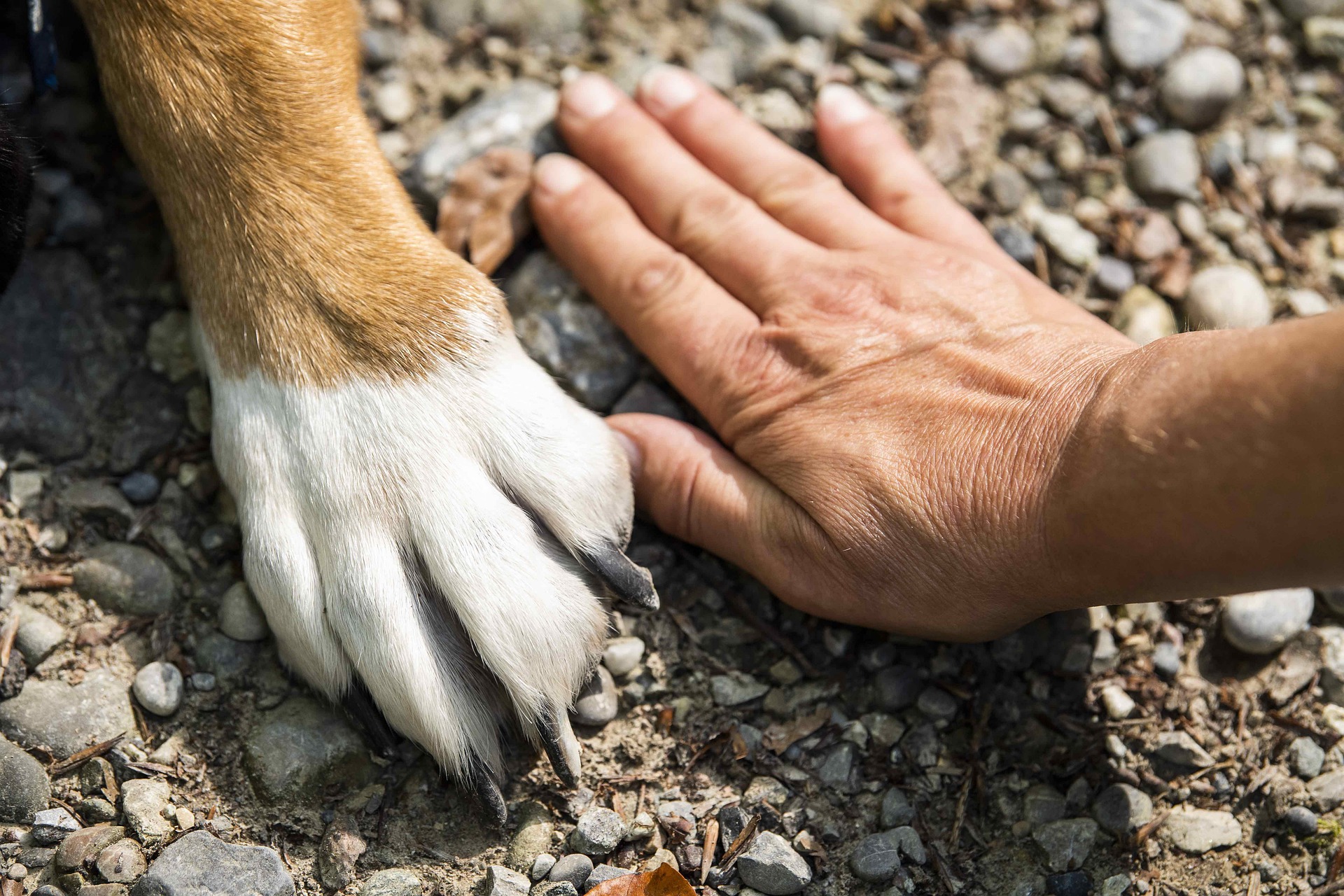The Power of Pet Therapy: A Journey of Healing and Hope
Introduction:

In a world where mental health and well-being are paramount, an extraordinary force is transforming lives—pet therapy. This remarkable approach to healing and companionship has gained significant traction in recent years, offering solace and support to people from all walks of life. In this article, we will delve into the captivating realm of pet therapy, exploring its origins, the science behind its success, and the profound impact it has on individuals and communities.
The Birth of Pet Therapy: A Historical Perspective
The concept of utilizing animals for therapeutic purposes can be traced back to ancient civilizations, where animals were revered for their healing properties. However, it wasn’t until the 1960s that the modern practice of pet therapy began to take shape. The idea was pioneered by Dr. Boris Levinson, a psychologist who observed the positive effects of his dog on a young patient with autism. This groundbreaking discovery paved the way for the establishment of pet therapy as a legitimate form of treatment.
The Science Behind the Magic: Understanding the Benefits
Pet therapy has been shown to have numerous physical, emotional, and cognitive benefits. Research has revealed that interacting with animals can lower blood pressure, reduce stress hormones, and even boost the immune system. Moreover, animals provide a sense of comfort, companionship, and unconditional love, which can be incredibly therapeutic for individuals dealing with various challenges.
Paws for a Cause: The Expanding Role of Pet Therapy
Over the years, pet therapy has evolved to encompass a wide range of applications. From hospitals and nursing homes to schools and mental health facilities, therapy animals are making a difference in countless lives. Here are some of the ways pet therapy is being utilized today:
- Hospitals and Rehabilitation Centers: Therapy animals visit patients, providing comfort and motivation during recovery.
- Nursing Homes and Assisted Living Facilities: Interacting with therapy animals can help reduce feelings of loneliness and depression among seniors.
- Schools and Libraries: Therapy animals can improve literacy skills, socialization, and emotional intelligence in children.
- Mental Health Facilities: Pet therapy can be a valuable tool in treating conditions such as anxiety, depression, and PTSD.
- Disaster Relief and Crisis Intervention: Therapy animals can provide comfort and support during times of crisis, such as natural disasters or mass shootings.
The Future of Pet Therapy: A World of Possibilities
As pet therapy continues to gain recognition and acceptance, its potential applications are seemingly limitless. With ongoing research and innovation, we can expect to see even more transformative uses of this powerful approach to healing and companionship. Some exciting developments on the horizon include:
- Virtual Pet Therapy: As technology advances, virtual reality and teletherapy may offer new ways to experience the benefits of pet therapy, even for those who cannot access in-person sessions.
- Animal-Assisted Play Therapy: Combining play therapy with pet therapy can create a powerful and engaging approach to treating children with emotional and behavioral challenges.
- Animal-Assisted Education: Integrating therapy animals into the classroom can enhance learning, socialization, and emotional intelligence in students.
Unleashing the Power of Pet Therapy
Pet therapy has emerged as a remarkable force in the world of healing and companionship. By harnessing the unique bond between humans and animals, this approach offers hope, comfort, and transformation to countless individuals. As we continue to explore the potential of pet therapy, we can look forward to a future where the power of unconditional love and companionship can be unlocked for all who need it.




